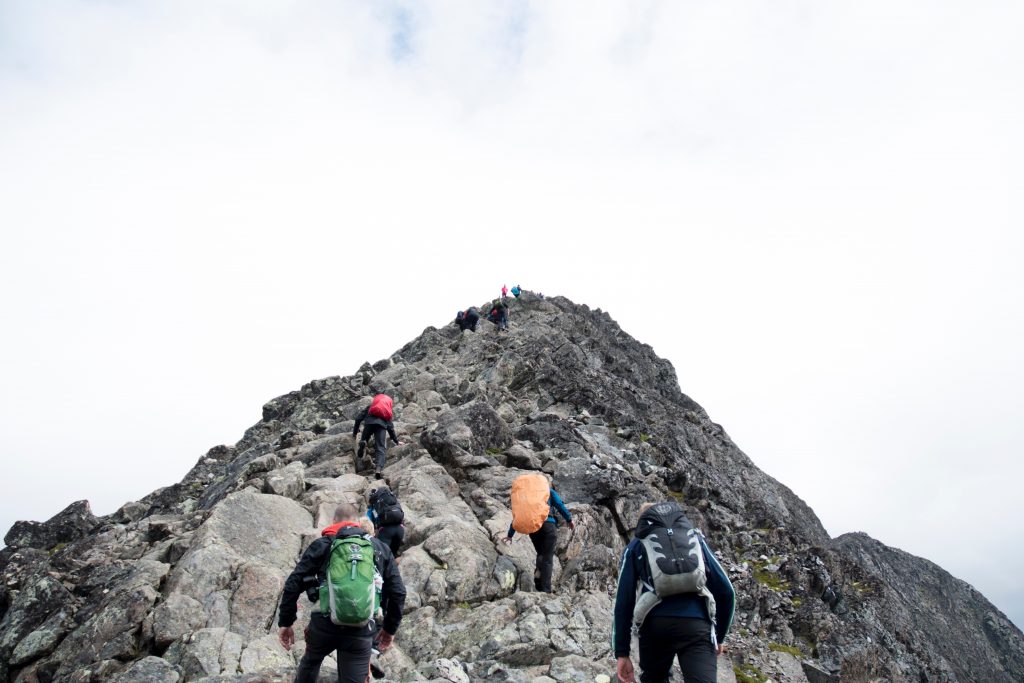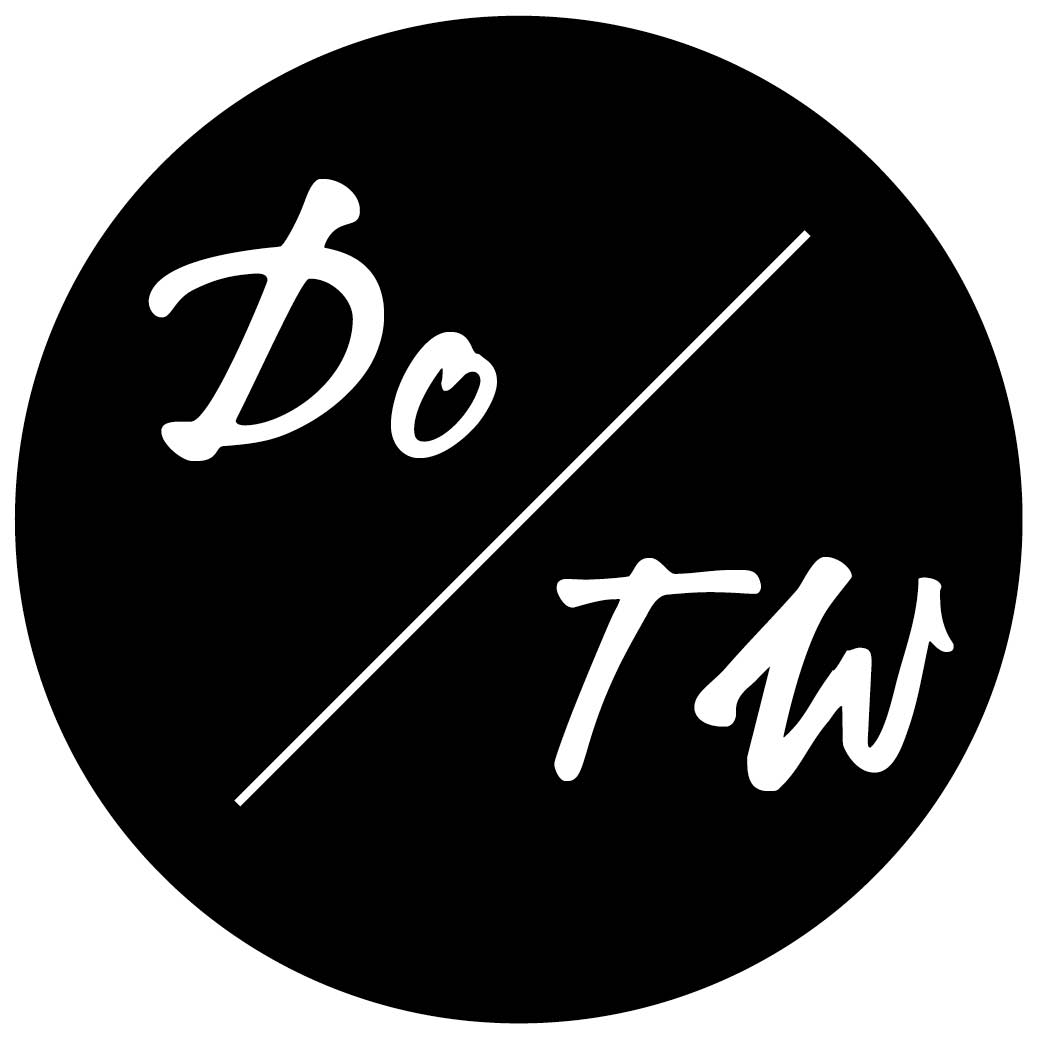How Does Our One-on-One Coaching Really Work?

If you’re still considering whether or not our coaching program is right for you, I wanted to take a few minutes today to really spell out, in detail, what our program looks like once you get started.
As we’ve been exploring in our emails on why we offer coaching, how coaching is different than consulting, what freelance and small business coaching costs throughout the marketing, and our coaching philosophy, everyone really has very different specific needs.
But that makes it really hard to know what you’re signing up for!
So, to help you visualize what we can do together, let’s start at the beginning.
After you submit your application for a spot in either our Coaching Lite or Full Coaching Programs, several things happen:
- If we are absolutely full-up at the level that you’ve requested, and you haven’t selected several options, we will let you know ASAP.
- We then extract your preferences in terms of time zone, when you prefer to talk, number of hours per week, and see if that is possible with the folks we already have in the program or who have applied before you, and if not, we will also let you know ASAP in case you have some flexibility there.
- Your application is next reviewed by me for coachability and overall fit in terms of whether your goals are best achieved by one-on-one coaching, or if we have a different option available than coaching that can satisfy everything you are looking for.
- Finally, your application is reviewed by both of our company owners (my partner, who is a professor, as well as our head of “black screen tech,” and myself) for final fit, and then we let you know if we are able to extend you a spot in the program. This entire process can take up to one week.
Once an application to join the coaching program at a specific level is extended to you, then it’s over to you:
- You’ve got 24 hours to register to confirm your spot.
- Once that is in, you’ll receive a custom coaching contract outlining what we want to achieve together and that you are committing to yourself toward that goal.
- We’ll pop a special package in the mail for you with both materials and goodies to get you pumped to get started.
- We’ll set up your personal webinar library, access to the On-Demand Coaching Concierge, and Travel Magazine Database.
- You’ll receive information about how to schedule your first call, and, if you are in the Full Coaching Program, how to set up your professional skills and personality assessment with our partner ProfileXT.
Before your first coaching call, I will review your initial application and jump-start forms very closely and develop a rough internal plan for your coaching trajectory. As this is extremely subject to change based on other things that may come up in your life outside of work or new opportunities in your work life, we keep this document internal.
The goal of our timeline for you is not for you to feel overwhelmed by deadlines, but rather to create a working document that ensures we cover all areas you need training and coaching on in a metered fashion without having it all on your plate at once.
No matter how many years into travel writing a person is, we work on four key areas of their business:
- Appropriately valuing time and other non-scalable resources
- Cultivating a marketing mindset
- Training a focused pitching practice
- Skilling up to fill in gaps in knowledge and build onward
We don’t approach these areas sequentially so much as cyclically—you may skill up, use your time better to create more time to start pitching, and suddenly find you have too much work on your plate.
That triggers us to work together to skill up around how to accomplish those assignments quickly and effectively, then evaluate if your time is appropriately valued with these new gigs, reframe your market mindset around your new sense of self-value and adjust your pitching practice to land bigger game.
And then it all cycles again with each new challenge, win, self-doubt-inducing road bump, and realization that you’ve just grown past something that you used to think you would die to do.
In between our calls, you typically receive three to five specific homework assignments of varying sizes tailored to what is in front of you right now and what we have our eye on on the horizon. Homework is designed to be grounded, deeply, in the time you have available and are willing to commit before our next call.
Having access to our library of more than 75 hours of travel writing education along with the hundreds of questions and answers in our On-Demand Coaching Concierge means that you and I don’t need to use our valuable time together answering general questions about travel writing or how things work. We use homework assignments for that general information exchange so that you and I can focus specifically on what you don’t understand, the best way for you to get going with what you’ve learned, and questions you have about how the general ways the industry works can apply to you personally.
Homework typically takes three forms:
- Skilling Up – learning through reading the Travel Magazine Database, watching webinars, or taking in other resources around a specific learning objective we develop together for that month
- Gathering Actionable Data – businesses run on numbers and data-based decisions, so we work together to set up systems for you to gather information on both your own work processes and your client’s needs to create fool-proof plans and income projections for your work
- Hitting Send – in our skilling up work, we’ll work together on your pitches for editorial and content marketing, and in our actionable data gathering, we’ll compile the people you need to send those pitches to, and once you’ve got all of your ducks in a row, I’ll give you aggressive “hit send” targets designed both to push you out of your comfort zone and to get you a quick rush of feedback that makes the months of hard work have both monetary and psychological results quickly
On our calls, there’s an incredibly wide range of specific activities we do together, but here is a small sample:
- planning a portfolio of pitches (or prospective pitches to pitch upon return) for a key trip to guide your own the ground research
- refining previously generated ideas to specifically fit markets so your pitch has a home
- analyzing why your pitching is taking so long and implementing tactics to keep yourself on track so pitch becomes a normal part of your routine rather than a scary thing on the horizon you avoid or a constant energy drain
- rooting out that one thing that continuously triggers a lack of responses of “not quite a fit for us at this time” emails from editors
- reviewing your writer website and creating a succinct revamp plan so you don’t fall down the indecision /perfection rabbit hole and can move on to drumming up work
- refining plot structure outlines for non-fiction narrative books
- generating target lists of companies and tourism boards to pitch for travel content marketing work
- clarifying the best offering for your skills, work goals, and income requirements for content marketing pitches for travel companies and tourism boards
- setting monthly and week pitch targets and tactics to make sure you meet them
- co-crafting emails to pivot clients to give you more work (and more money) or wiggling out of parts of the current work that are bringing your hourly rate down (while maintaining a healthy rate)
- gaming out and practicing scenarios for client calls to ensure you’re nor caught off guard when it counts
- generating a suite of pitch ideas to have a loaded inventory ready to continually pepper a key market until you get that coveted assignment
- working together to radically re-adjust your plans and goals when life takes an important turn due to your own or others health or other disasters so that you don’t fall completely off track in the face of adversity
- realigning your idea generation process to begin with what magazines are already publishing rather than the more lengthy hunt for a market once you’ve already got a full conceived idea
- getting on and vetting press trips to get more travel experiences and article ideas under your belt
- creating itineraries, pitch, and support plans for individual research trips whether a half-day behind-the-scenes experience at a museum near your home or a ten-day, guided backcountry adventure a world away
Have something else you need help with that I didn’t mention here? Odds are I’ve probably done it with a past client.
If this sounds like just what your travel writing business needs to blossom, head here to apply for the program now.
